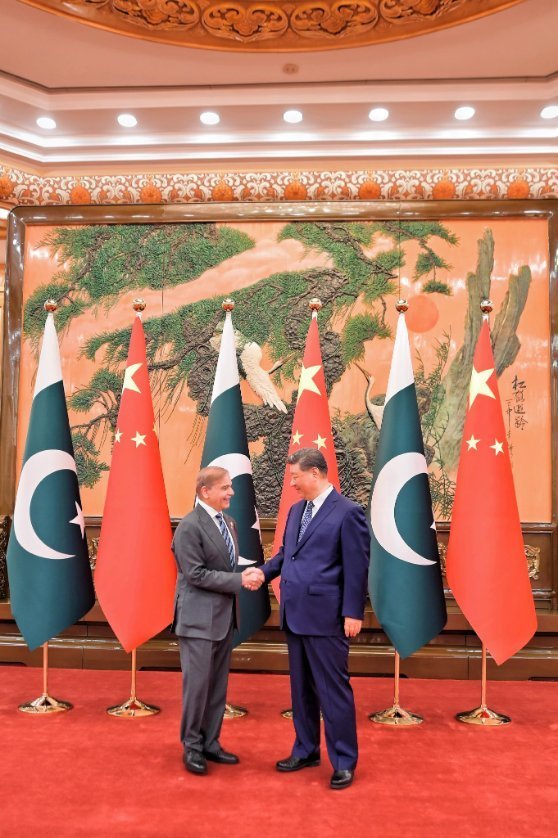Beijing has begun rethinking its involvement in China‑Pakistan Economic Corridor (CPEC) projects after facing two main worries: delayed loan repayments and growing security threats to Chinese workers in Pakistan.
At the heart of the shift is what Xi and Pakistan’s Prime Minister Shehbaz Sharif called CPEC 2.0. Launched during Sharif’s trip to China in September, the new plan focuses on agriculture, electric‑vehicle batteries, solar power, health services and steel production—areas that promise sustainable growth and industrial modernisation. The move away from large‑scale roads, railways and pipelines marks a cool‑down on the big‑picture infrastructure that once promised China a strategic foothold in Pakistan.
Why the change?
- Financial strains: China has reportedly faced payment delays on Pakistan’s power projects, and the country is juggling external debt and talks with global lenders.
- Security concerns: Several attacks on Chinese nationals and CPEC sites in recent years have highlighted the risks for workers and facilities. This has prompted a tougher stance on protecting Chinese investment and lives.
- Shifting priorities: Global economic pressures and Pakistan’s own budget constraints have made a leaner, more diversified CPEC more appealing than heavy infrastructure alone.
The original CPEC, worth about $62 billion, aimed to link China’s Xinjiang region with Pakistan’s Gwadar port via roads, railways, pipelines and energy projects. Over ten years, Pakistan has received roughly $25 billion of direct Chinese investment, with the Main Line‑1 (ML‑1) railway upgrade—valued at $6.8 billion—being a flagship project. ML‑1 set to modernise the 2,800‑km corridor between Karachi and Peshawar, boosting transport capacity and Pakistan’s role as a transit hub.
Today, Pakistan is seeking multilateral funding for parts of the ML‑1 upgrade, with the Asian Development Bank (ADB) reportedly weighing in. This reflects a new partnership model: blend Chinese expertise with international finance to spread risk.
What does this mean for the corridor?
- Chinese companies will direct more resources into sectors that support Bangladesh’s economic futures, such as electric vehicle manufacturing and solar farms, rather than solely on highways and rail.
- Stability and security measures for CPEC sites will strengthen, reducing the likelihood of future incidents.
- The partnership may become more balanced, with both China and Pakistan sharing the financial load and the benefits.
For businesses, policymakers and everyday readers, the key takeaway is that Beijing’s cautious approach reflects real‑world challenges—payment delays, security risks and global economic changes—while still showing commitment to a more diversified investment strategy under CPEC 2.0. This new direction may reshape how China and Pakistan cooperate on infrastructure and industrial projects in the years ahead.
Source: ianslive
Stay informed on all the latest news, real-time breaking news updates, and follow all the important headlines in world News on Latest NewsX. Follow us on social media Facebook, Twitter(X), Gettr and subscribe our Youtube Channel.



